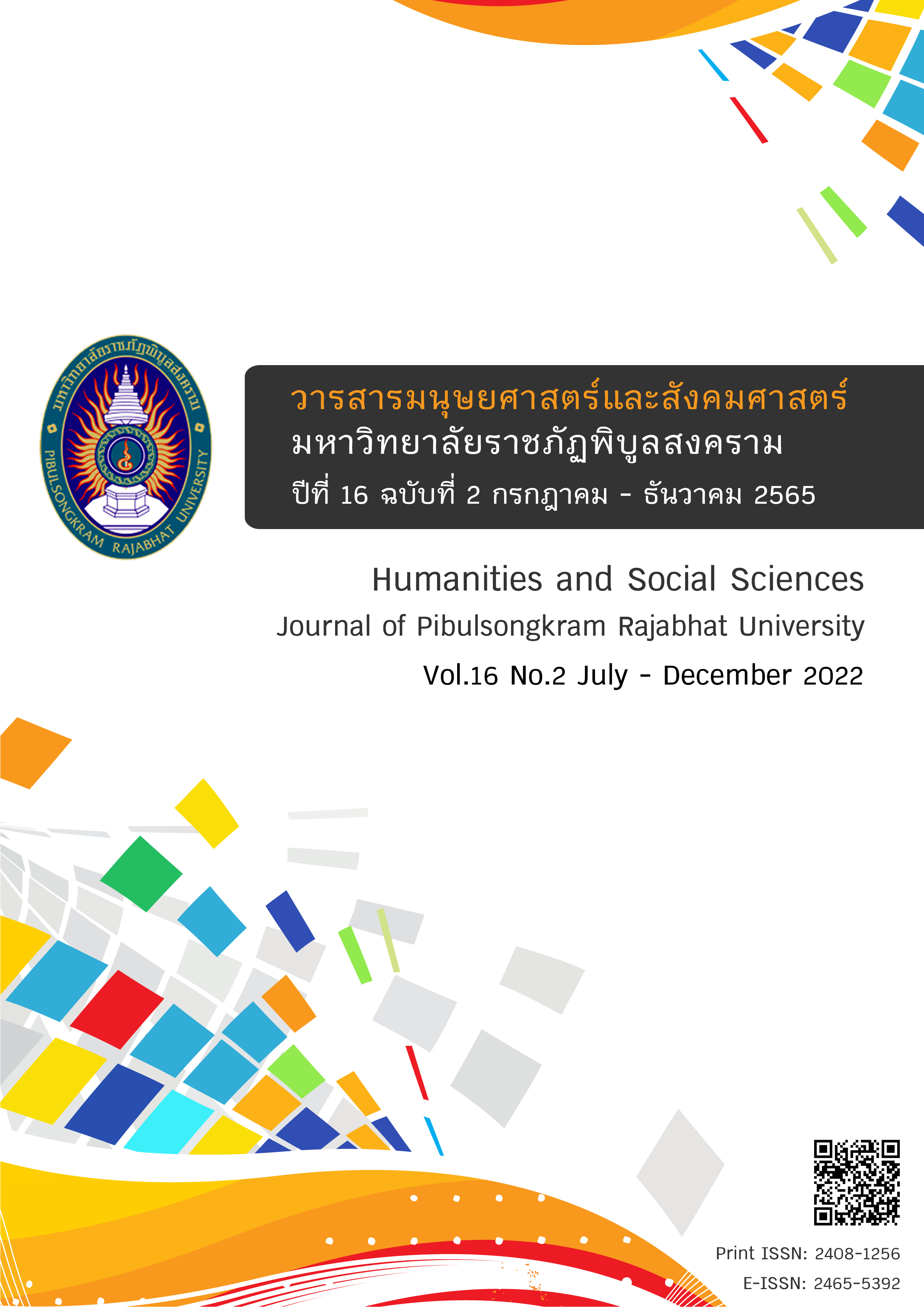Social Interaction and Learning of Family Tourist: A Case Study of Designated Areas for Creative Tourism, Sukhothai Province
DOI:
https://doi.org/10.14456/psruhss.2022.41Keywords:
Learning, Social interaction, Creative tourism destination, Family tourismAbstract
This research aims to study the learning behaviors and social interaction between family tourists and hosts in the context of creative tourism. Including, to study the potential of hosts in order to cater the tourists family groups; also to propose the guidelines to integrate the family tourists marketing development in a creative tourism ways. This research is a qualitative research and in-depth interviewed with 30 hosts, 30 members of family tourists and 5 of acknowledged key informants, 65 in total. The result revealed that there were the social interaction via activities process occurring in the creative tourism destination. This allows tourists and hosts having the opportunities to learn in various ways. The family tourists also agreed that the activities are making their children able to open their vision and to learn with different cultures. The creative activities for family tourists are comprised of 6 characteristics; there are 1) held by the locals, 2) presenting the neat and meticulousness, 3) initiating imagination, 4) relaxing and joyful, 5) fit to all ages and 6) physical based activities. The activities are the cultural and traditional activities, presenting local ways of life, the forms concentrate in action of doing and the attributes of social interactions are in 3 dimensions combining with the motivation of interactions, the process of interactions, and the structure of interactions. All these 3 parts involve with the condition of interactions; there are factors of area, period of time, ranking, interaction forms, and factors that endure the interactions are languages, time, and the ability to transfer.
References
จังหวัดสุโขทัย. (2558). ยุทธศาสตร์การพัฒนาจังหวัดสุโขทัย ตามแผนพัฒนาจังหวัดสุโขทัย 4 ปี (พ.ศ. 2558-2561). สุโขทัย: สำนักยุทธศาสตร์จังหวัดสุโขทัย.
องค์การบริหารการพัฒนาพื้นที่พิเศษเพื่อการท่องเที่ยวอย่างยั่งยืน (อพท.). (2559). 13 กิจกรรมการท่องเที่ยวเชิงสร้างสรรค์ กับ 13 สถานที่น่าเรียนรู้สวย ๆ ในเมืองไทย. กรุงเทพฯ: องค์การบริหารการพัฒนาพื้นที่พิเศษเพื่อการท่องเที่ยวอย่างยั่งยืน (อพท.).
Cohen, E. (1984). The sociology of tourism: approaches, issues, and findings. Annual review of sociology, 10(1), 373-392.
Gram, M. (2005). Family holidays. A qualitative analysis of family holiday experiences. Scandinavian Journal of Hospitality and Tourism, 5(1), 2-22.
Lehto, X. Y., Choi, S., Lin, Y. C., & MacDermid, S. M. (2009). Vacation and family functioning. Annals of Tourism Research, 36(3), 459-479.
Richards, G. (2011). Creativity and tourism: The state of the art. Annals of tourism research, 38(4), 1225-1253.
Smith, J. K. (1989). The nature of social and educational inquiry: Empiricism versus interpretation. Praeger.
Tagg, D. S., & Seaton, A. V. (1995). The family vacation in Europe: Paedonomic aspects of choices and satisfactions. Journal of Travel & Tourism Marketing, 4(1), 1-21.
Turner, J. H. (1988). A theory of social interaction. Stanford University Press.
Downloads
Published
How to Cite
Issue
Section
License
Copyright (c) 2020 Humanities and Social Sciences Journal of Pibulsongkram Rajabhat University

This work is licensed under a Creative Commons Attribution-NonCommercial-NoDerivatives 4.0 International License.
Any articles or comments appearing in the Journal of Humanities and Social Sciences, Rajabhat Phibulsongkram University, are the intellectual property of the authors, and do not necessarily reflect the views of the editorial board. Published articles are copyrighted by the Journal of Humanities and Social Sciences, Rajabhat Phibulsongkram University.









